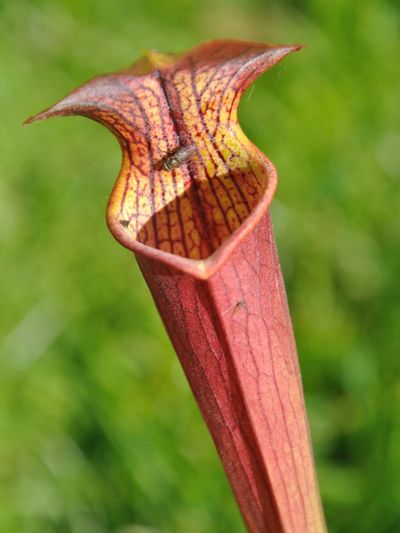Is My Pitcher Plant Dying?
More than likely, your pitcher plant is just getting older; browning or yellowing pitcher plants are perfectly normal even when plants have received excellent care. As individual pitchers age, they may start to yellow, then brown, and collapse. If it’s only the oldest or largest pitchers doing this, it’s nothing to worry about; your plant is just shedding its oldest pitchers. As fall approaches, a normal plant will begin to go dormant and stop replacing the shed pitchers. If you’re unsure about pitcher plant care and the pitcher plant turning brown or yellow is discolored all over, you may have bigger problems. Although pitcher plants are bog natives, they don’t tolerate standing water like their carnivorous contemporaries, immediately reduce watering to dry out the soil around the plant’s crown. If you’re watering with tap water, this could be causing problems as well. Many fanciers believe the heavy minerals in tap water can cause injury, so stick to purified or filtered water.
Other Causes of Environmental Stress
Pitcher plants that are changing color may be trying to tell you that something is wrong with their environment. This requires a total evaluation of the system where they live; these plants are not the same as your philodendrons or gerbera daisies and they have very unique needs. Your growing medium should be loose but absorbent, like the bogs from which these plants hail. A slightly acidic pH is also beneficial. Try moving your plant into a sunny area; pitcher plants need full sun to do their best. However, if you place them in a window with bright, direct sunlight, they may burn, so choose your location carefully. Humidity should be high, around 60 percent when possible. Moving your plant to a terrarium might improve its color. Remember that carnivorous plants thrive in poor soils and get most of their nutrition from consuming insects; fertilizer can be very damaging to these plants.
